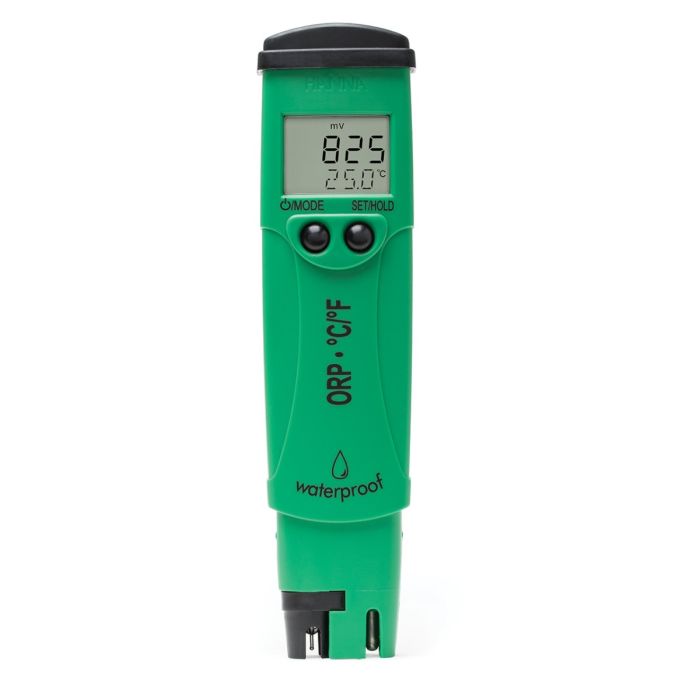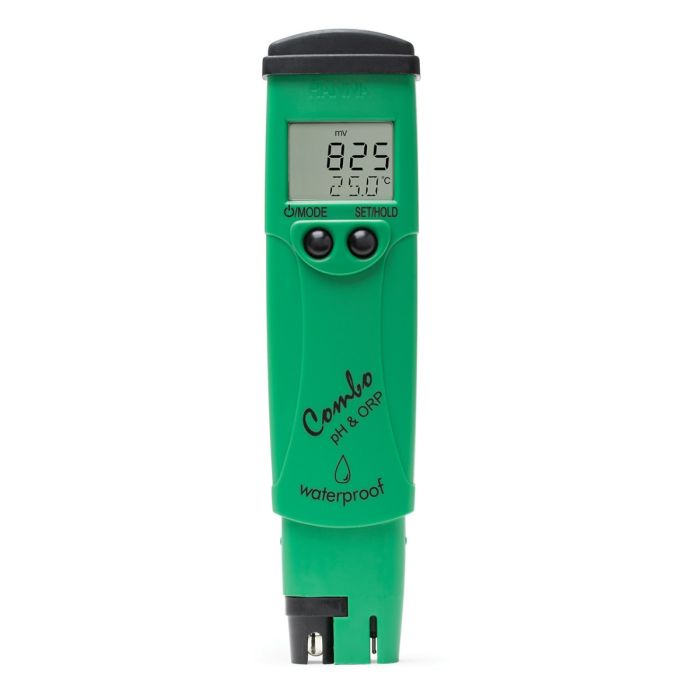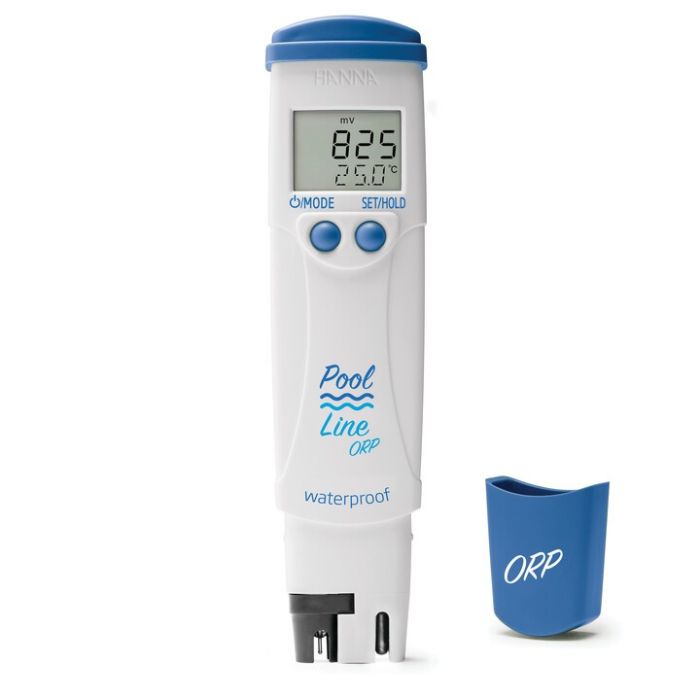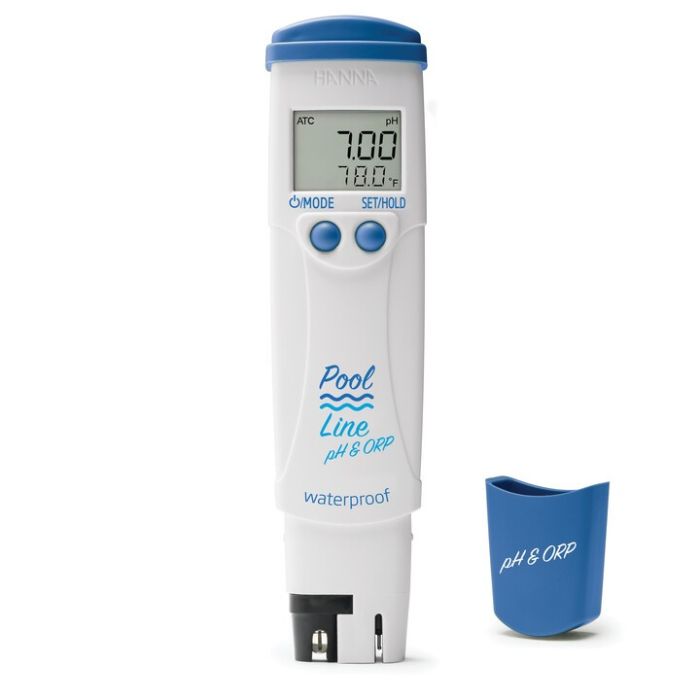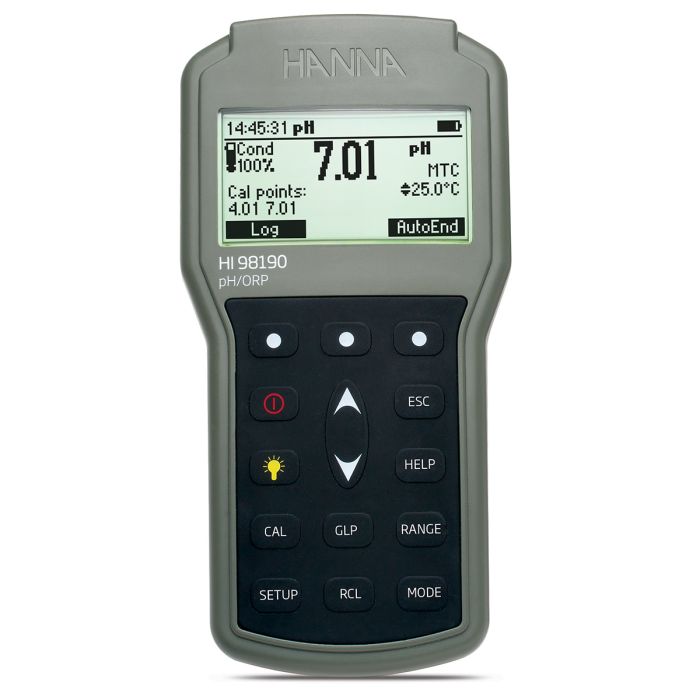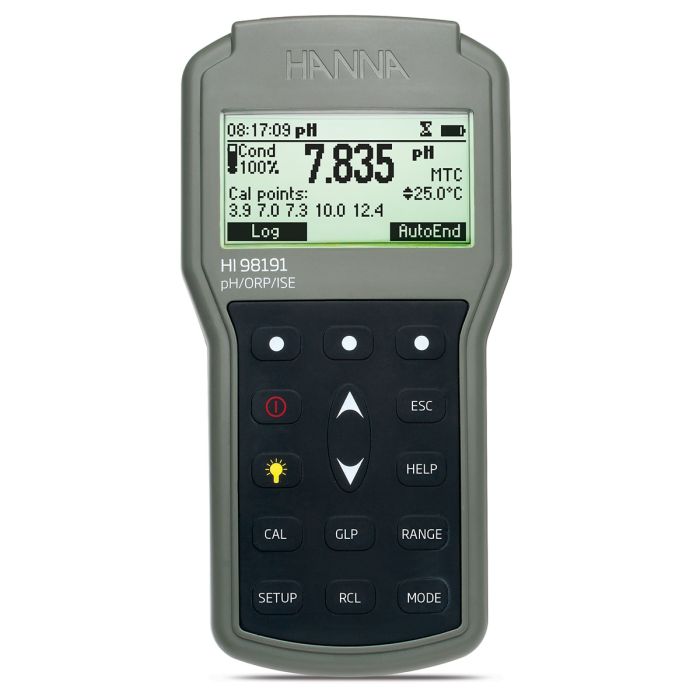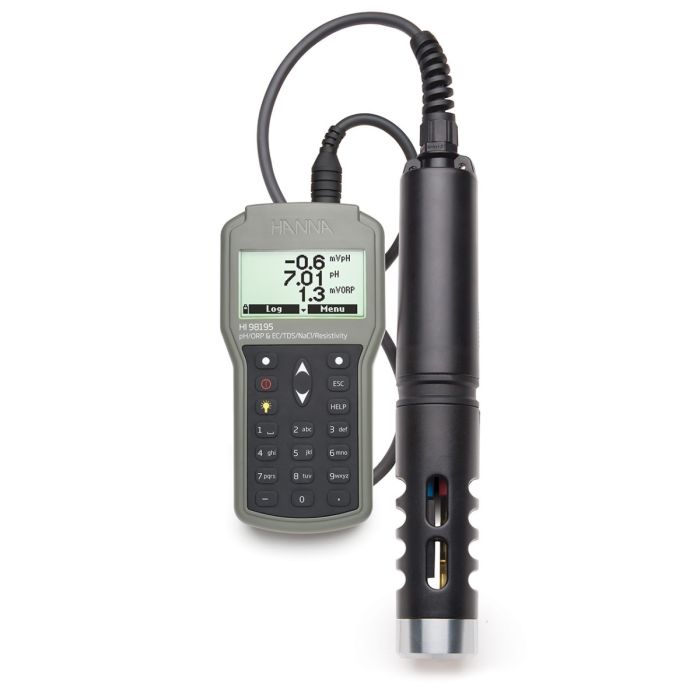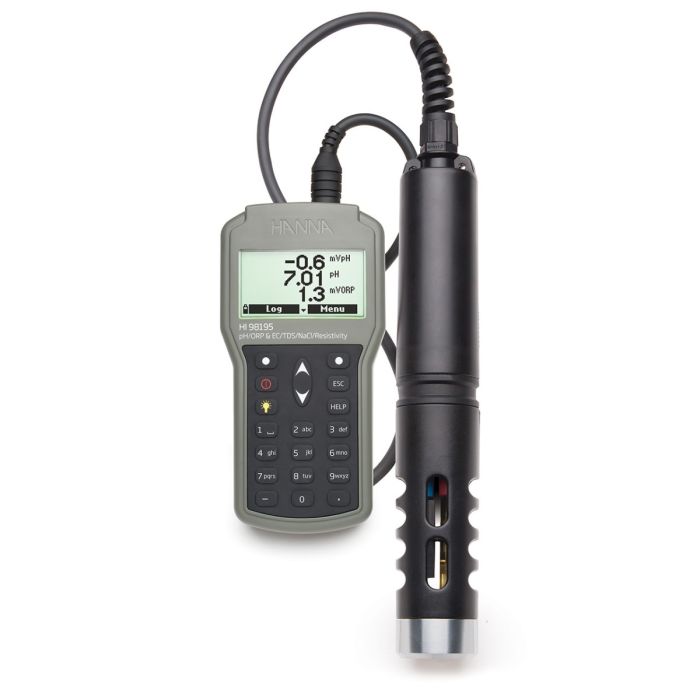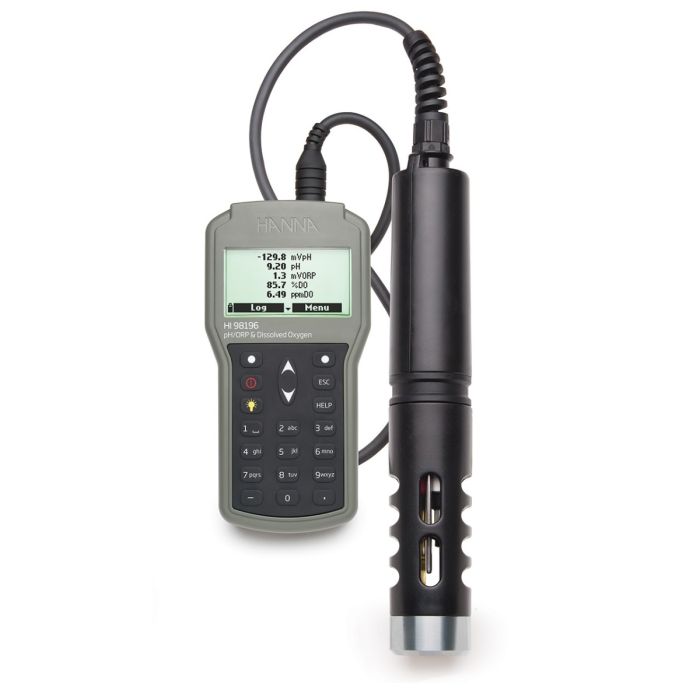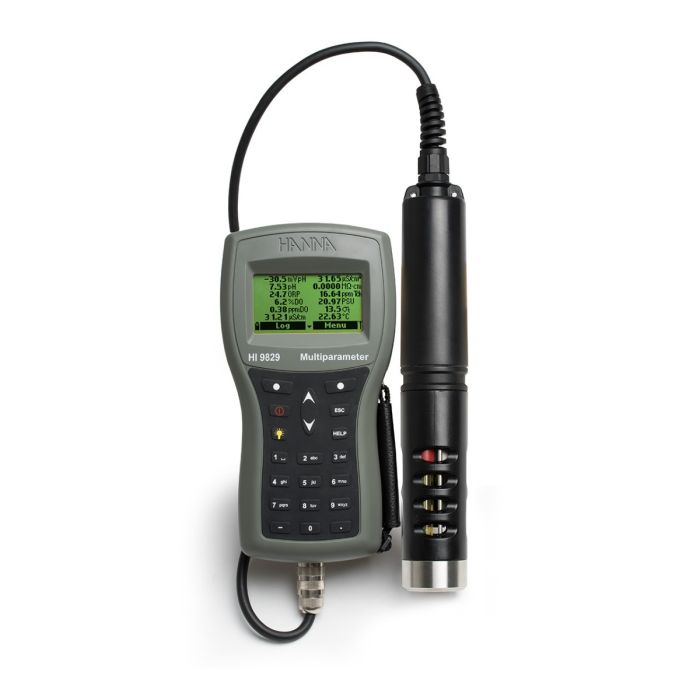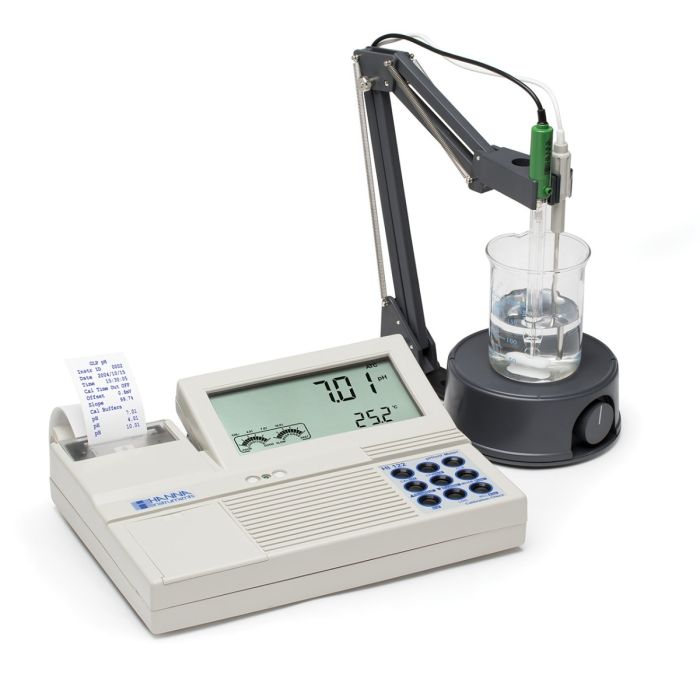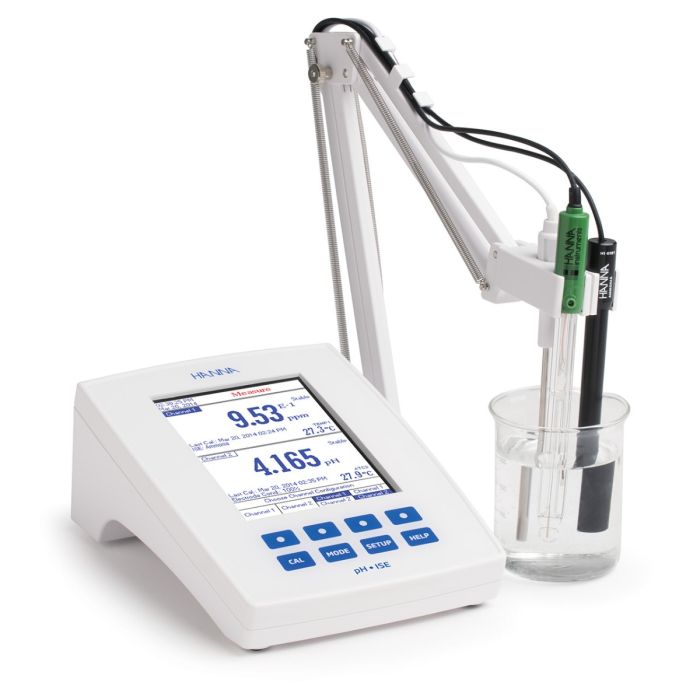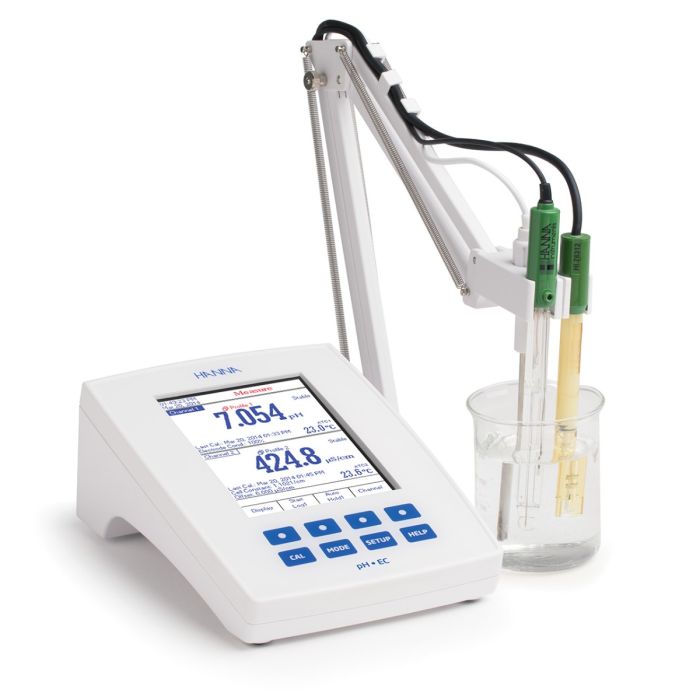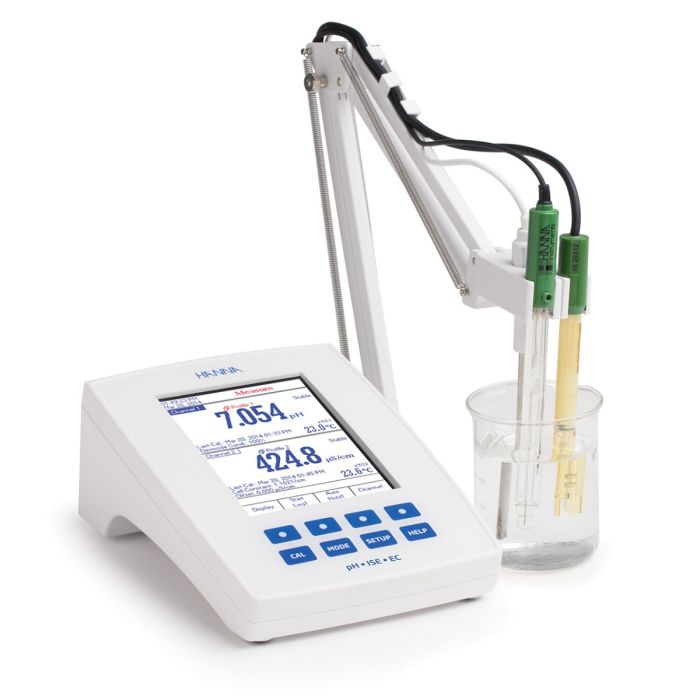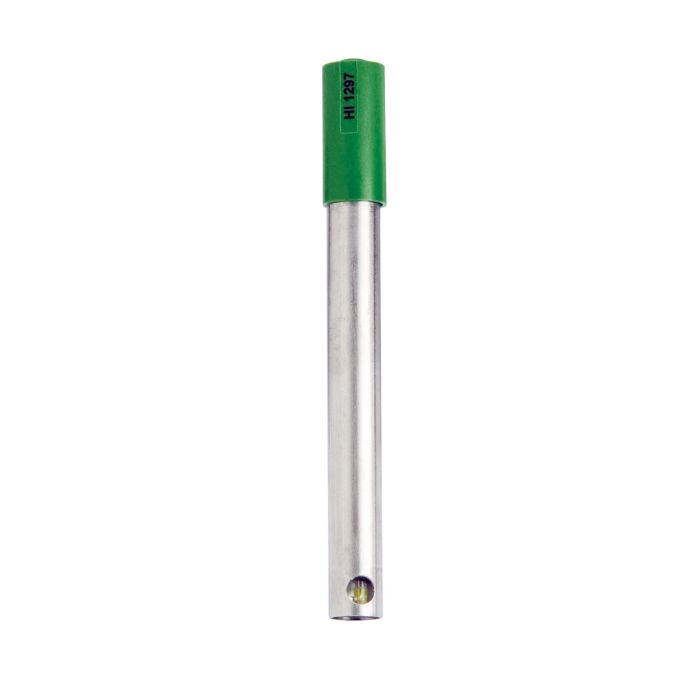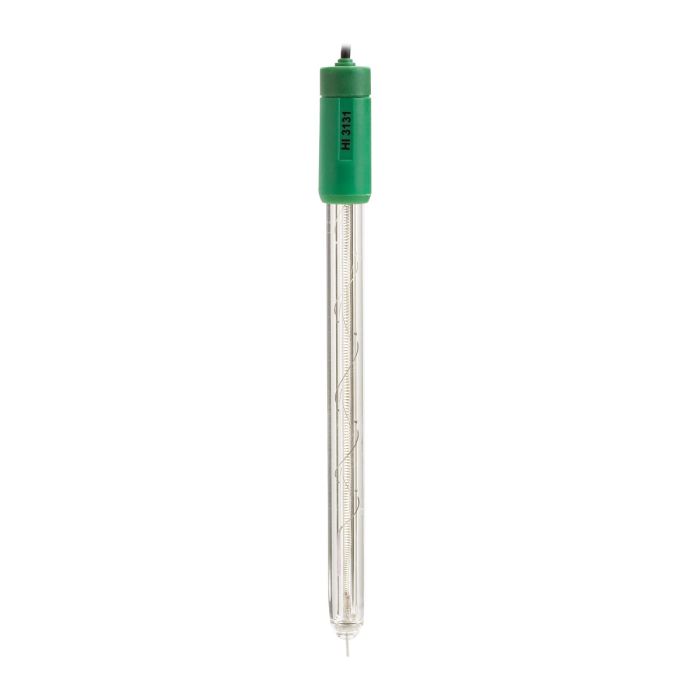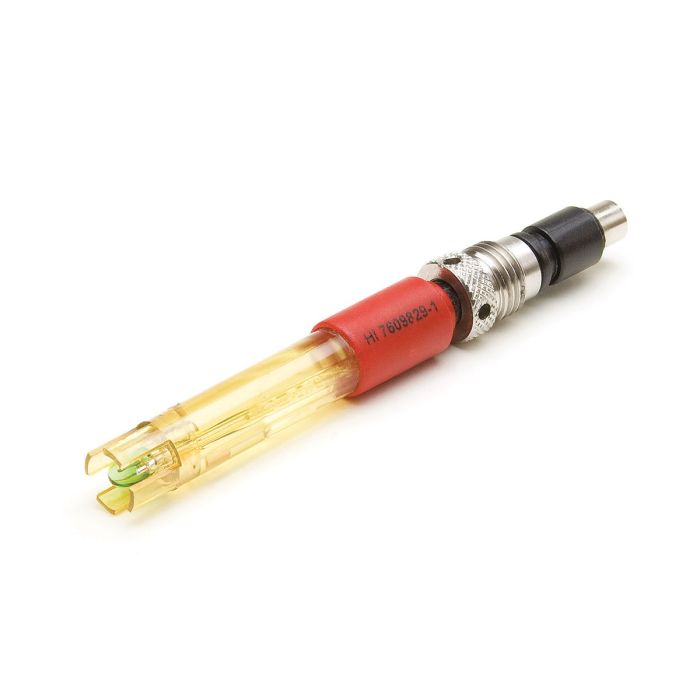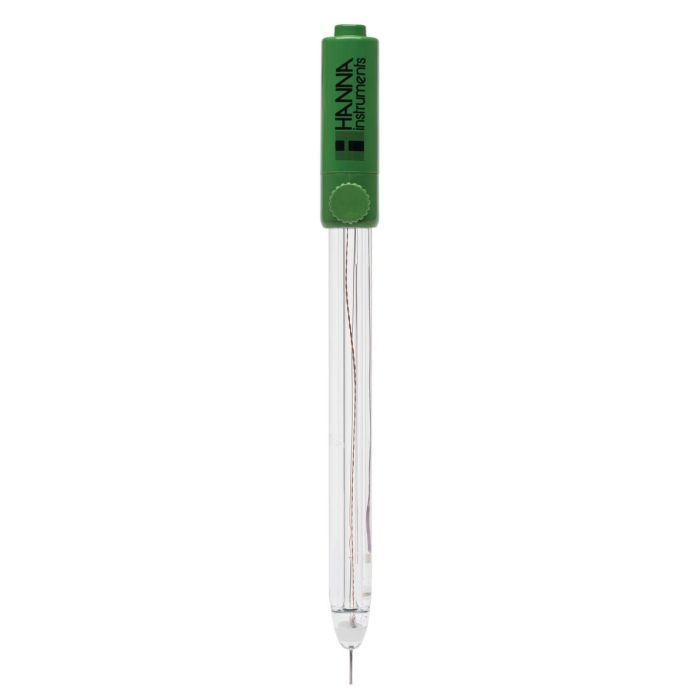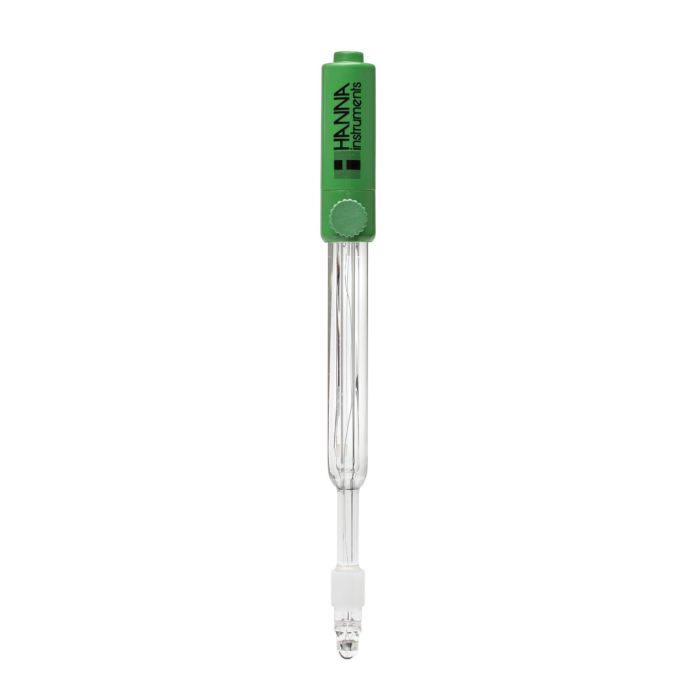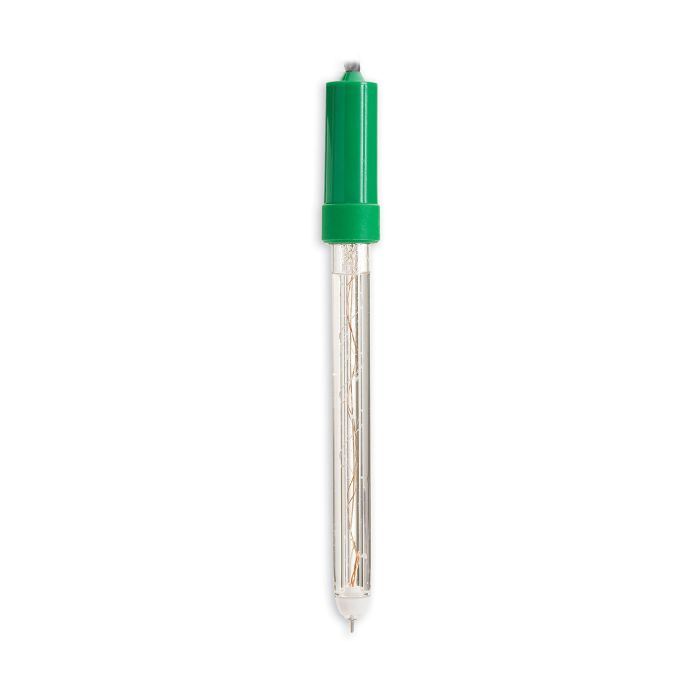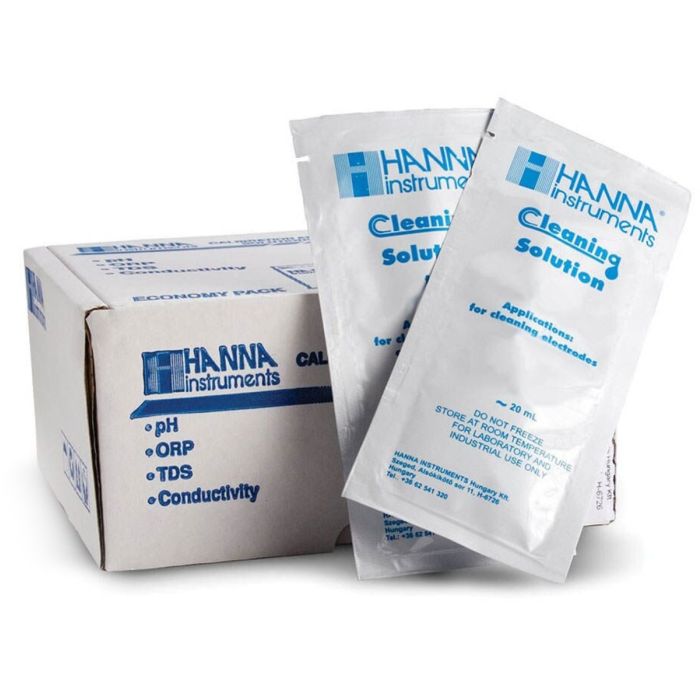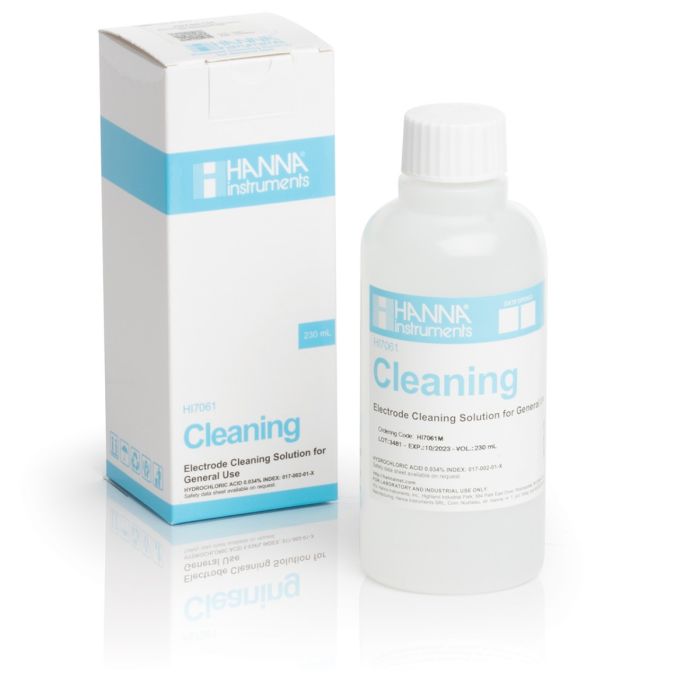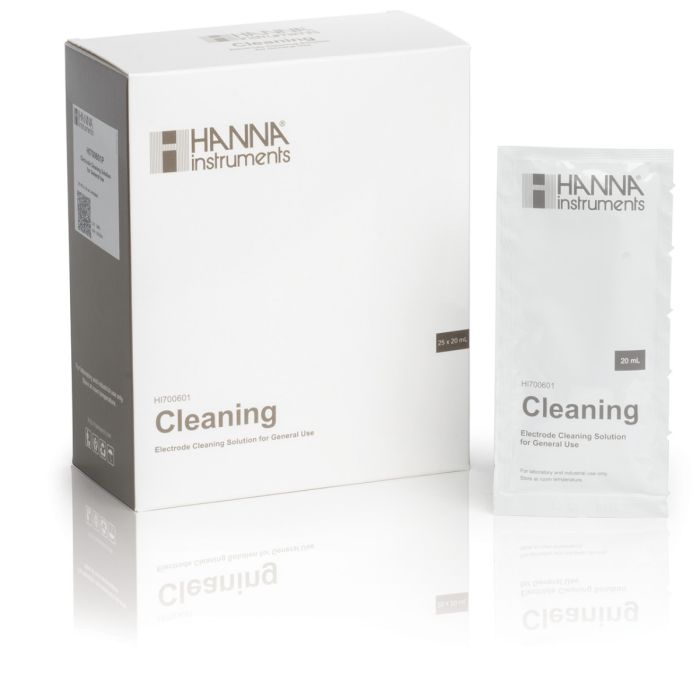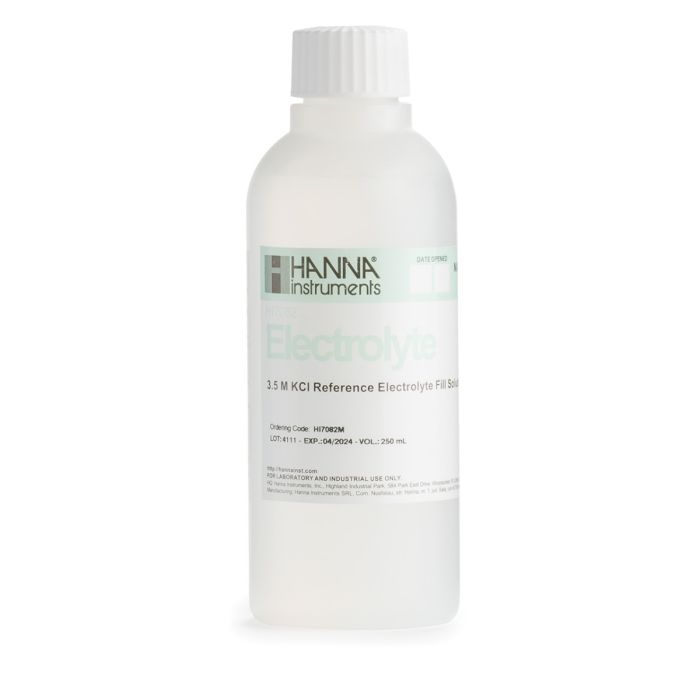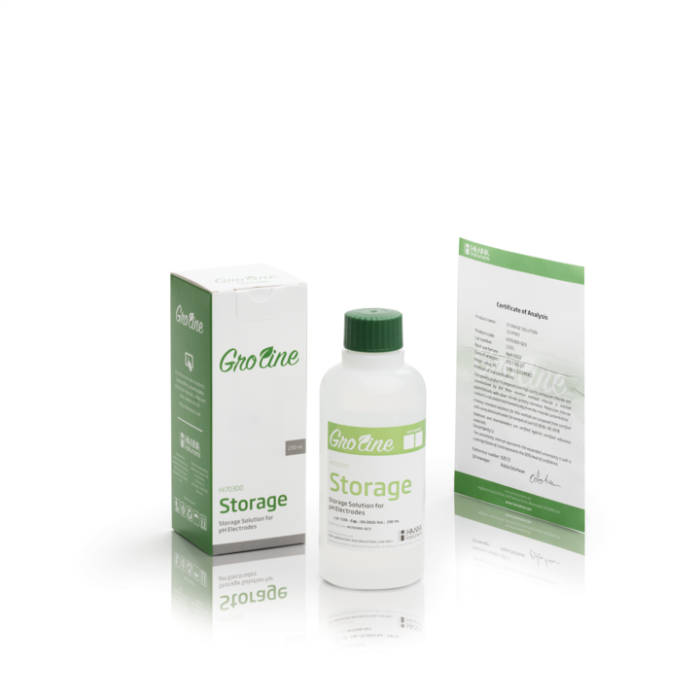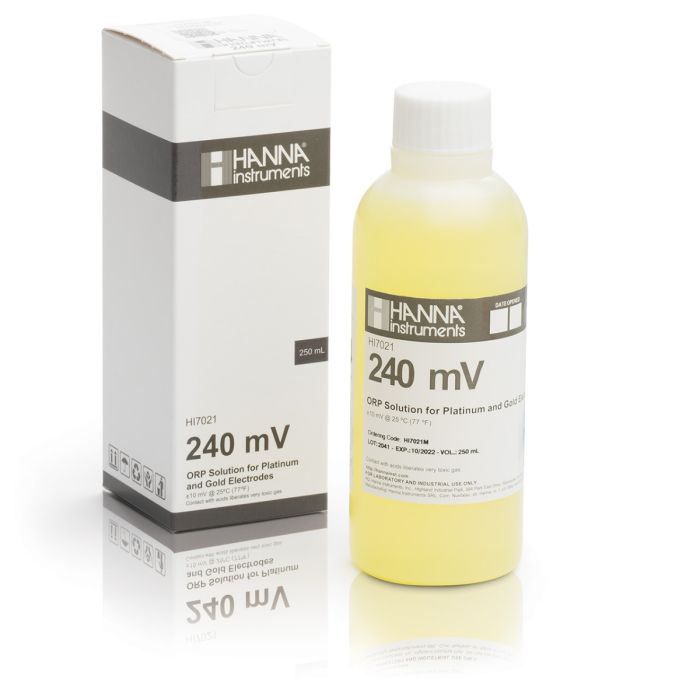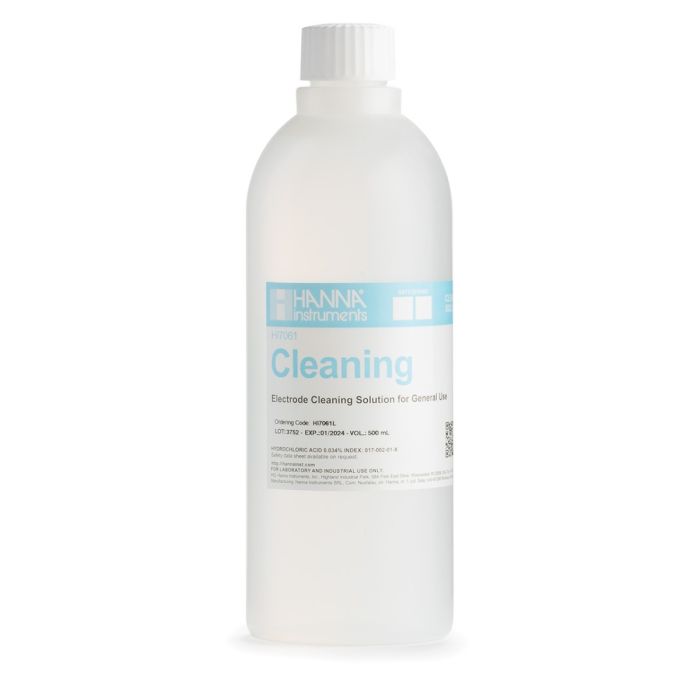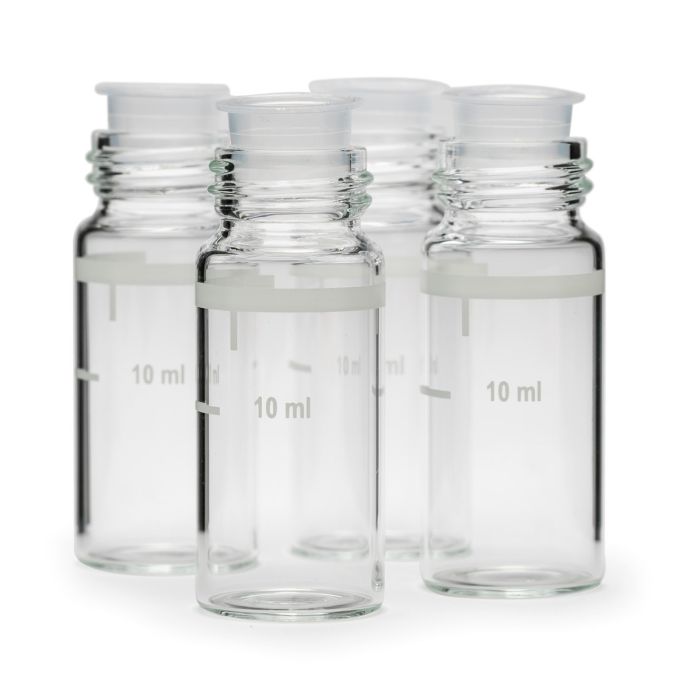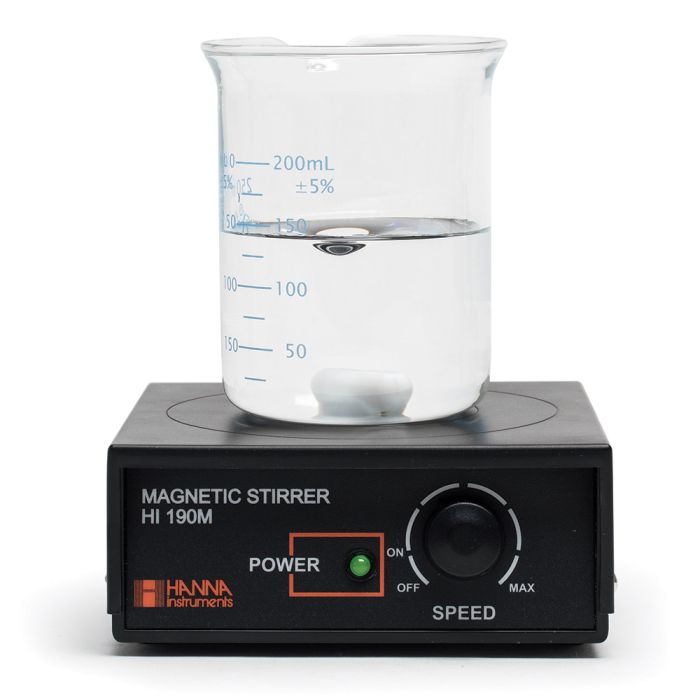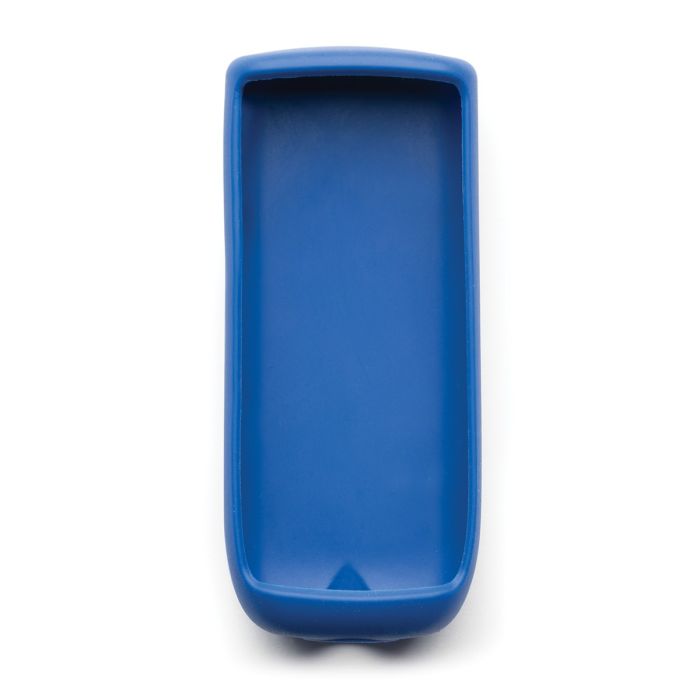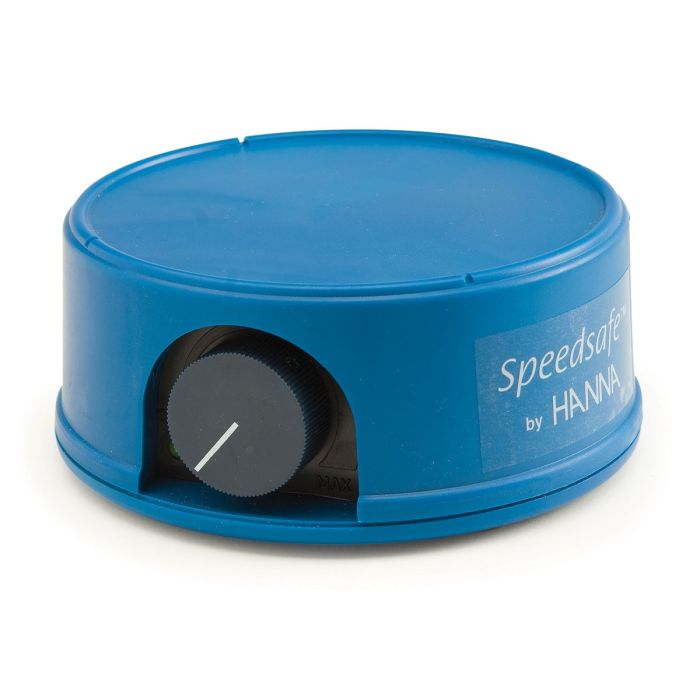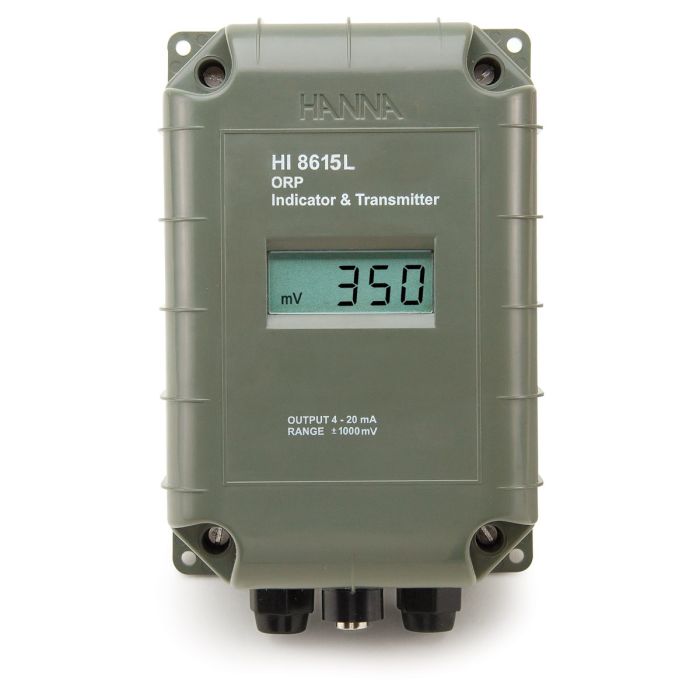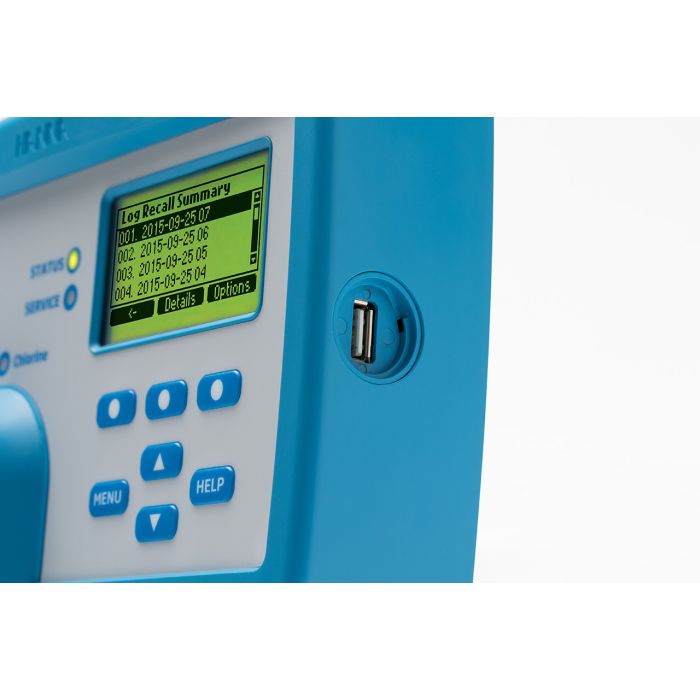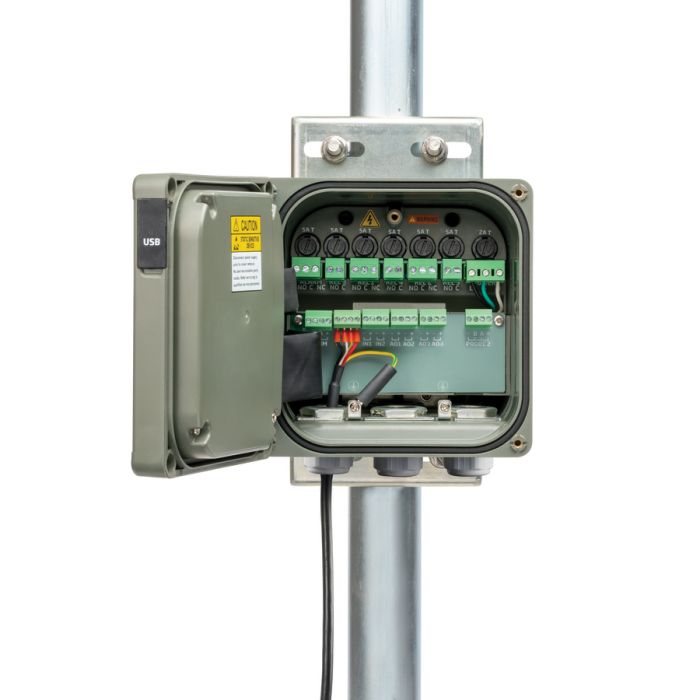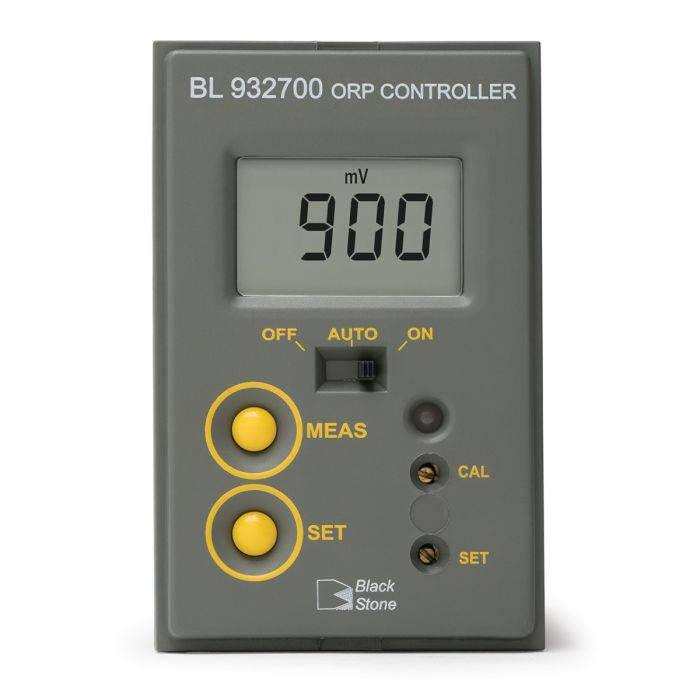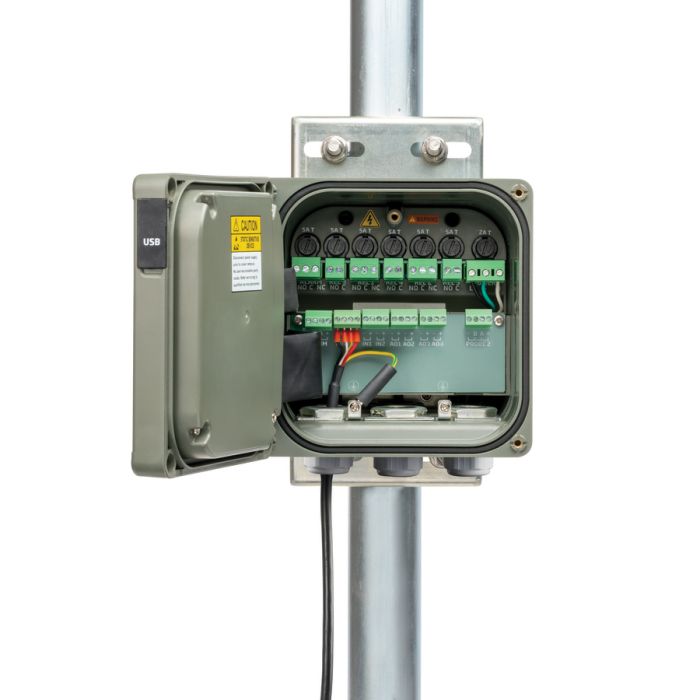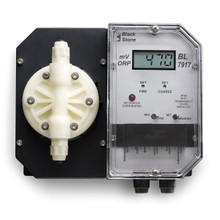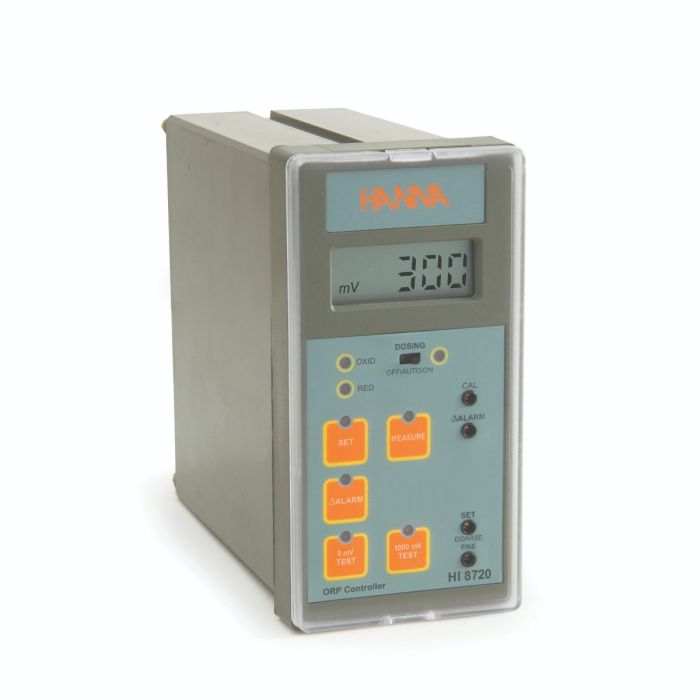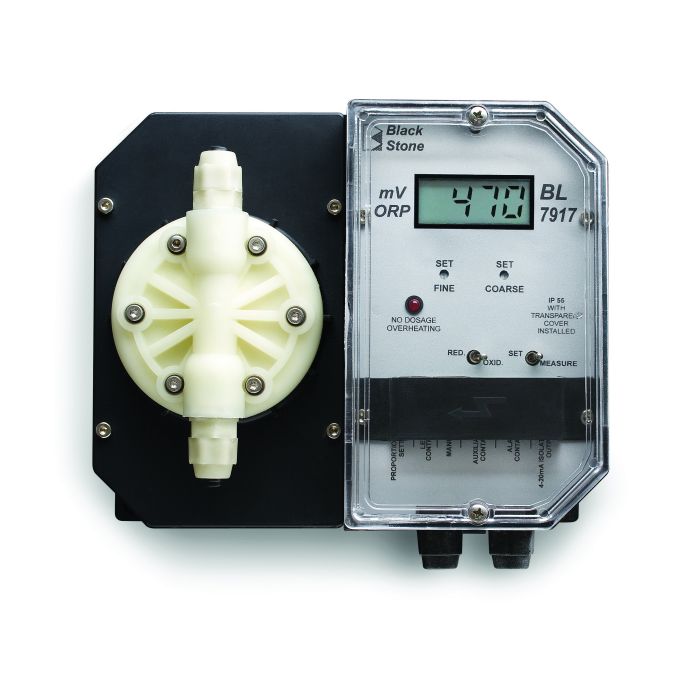Similar to the manner in which acidic or alkaline solutions are quantified by pH measurements, solutions can also be graded as oxidizing or reducing based on measurements of ORP (oxidation reduction potential often called “redox”).
When an oxidizing and/or reducing agent is dissolved into an aqueous sample, they may react with materials present and produce a voltage, or electromotive force (EMF), that is related to the ratio of oxidized to reduce species in the sample. An electron exchange can develop between this solution and an inert metal sensor immersed in the solution, and the voltage can be measured (when compared to a reference electrode) with a pH/mV meter. This type of measurement is known as redox or ORP. The units of measurement are in mV.
The scale of measurement may be positive (indicating oxidizing potential) or negative (indicating reducing).It should be noted that when zero mV is observed, it is really an oxidizing situation because the reference voltage (~200 mV for an Ag/AgCl with KCl electrolyte) is included in the observed mV value. In some cases the user may wish to offset the reading to remove the reference contribution. The mV is then said to be approaching the absolute mV scale that references a SHE (standard hydrogen electrode). This type of calibration is called relative mV calibration.
At a glance, an ORP electrode looks similar to a pH electrode. Like a combination pH electrode, both the sensor and the reference are housed in a common body. An ORP sensor must be chemically inert; it cannot be oxidized or reduced itself. It must also have the proper surface characteristics to promote rapid electron exchange, a property known as high exchange current density. Two noble metals have proven to work well for this purpose: pure platinum and pure gold are both used in the construction of ORP sensors.
The platinum sensor is often preferred because it is mechanically simpler and safer to produce. Platinum can be welded to glass and has the same thermal coefficient. Sensors made of gold cannot be welded to the glass and are often placed in plastic supports applied to the glass or plastic tube by means of tiny elastomeric bungs. The gold or platinum sensor signal is carried through the electrode body, and together with the reference signal is conducted to the measurement meter via a coaxial cable with BNC connector.
An ORP system does not have a high impedance source (like a pH bulb), but is a potentiometric device that produces a voltage. It also uses similar cables, connectors, and calibration solutions. For this reason, a high impedance electronic meter (pH) with many user-friendly features are a benefit for this measurement.
Because of the close relationship between pH and ORP, there is a scale that takes into account the ratio (mV) ORP/pH, the rH scale. The rH range varies from 0 to 42, where the extreme values represent the reducing effect of an atmosphere of pure hydrogen (rH=0) and to the oxidizing effect of an atmosphere of pure oxygen (rH=42), respectively.
Hanna offers a wide range of meters for ORP measurements. Technologies include benchtop meters, portable meters, testers and process control. In process control meters for monitoring and or controlling oxidizers such as chlorine and reducing agents including sodium metabisulfite. These meters are used in a wide variety of markets from drinking water, swimming pools, food disinfection, and plating to name just a few.
